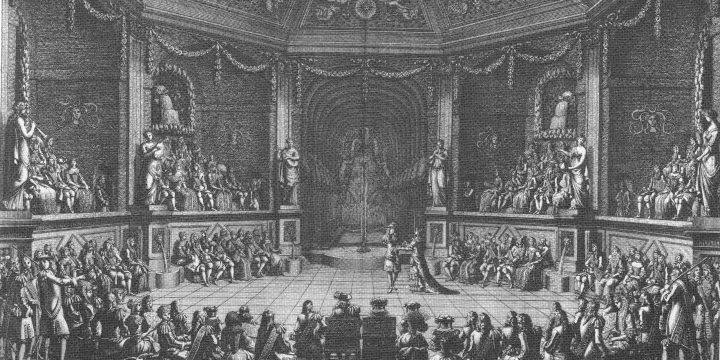
Baroque period
Following the foundation of the Académie royale de danse in 1661, Louis XIV ordered academicians to invent a notational system to record dances. In response, at least four systems were in progress in the 1680s, one of which came to disseminate dances of French style across Europe by means of printing/publishing businesses. This prevalent system is called Beauchamp-Feuillet notation today after the names of the inventor/academician, Pierre Beauchamp, and the business man/dancing-master, Raoul-Auger Feuillet. Over 350 dances are extant in this notation system in print and/or manuscript spanning the late 17th to mid-18th centuries, a period roughly matching the baroque era classified in other disciplines (those in the late 18th-century sources are re-notations of earlier publications, except Auguste F. J. Ferrère’s manuscript of theatre production from 1782). Whereas the baroque style in other art…
